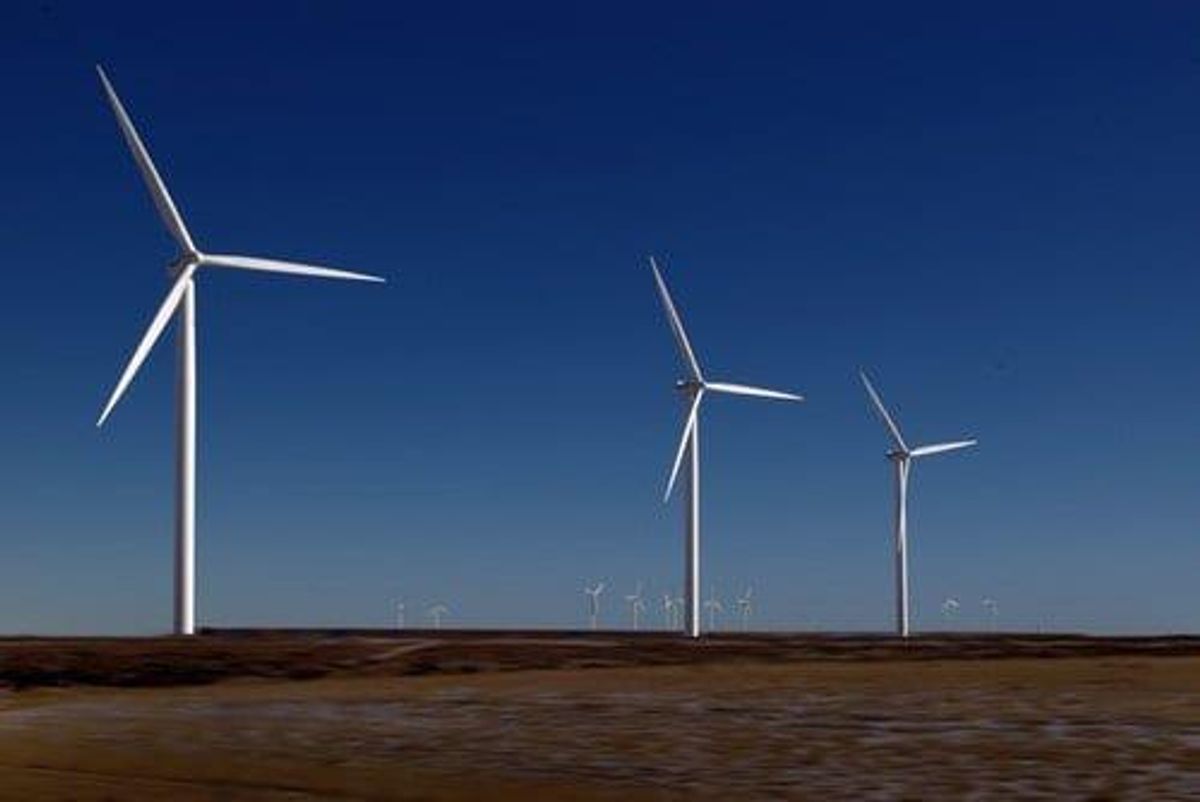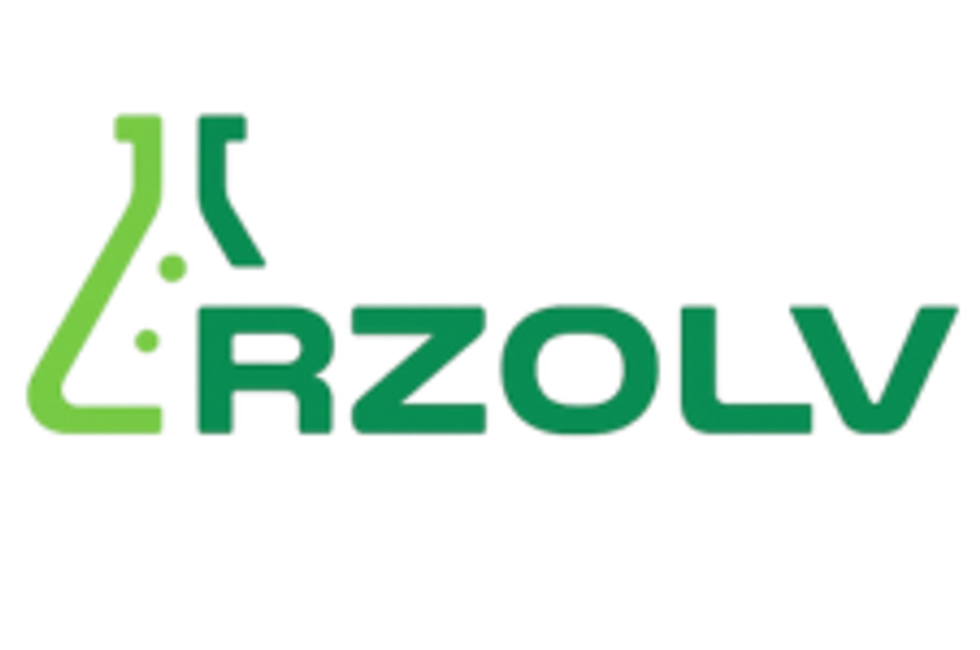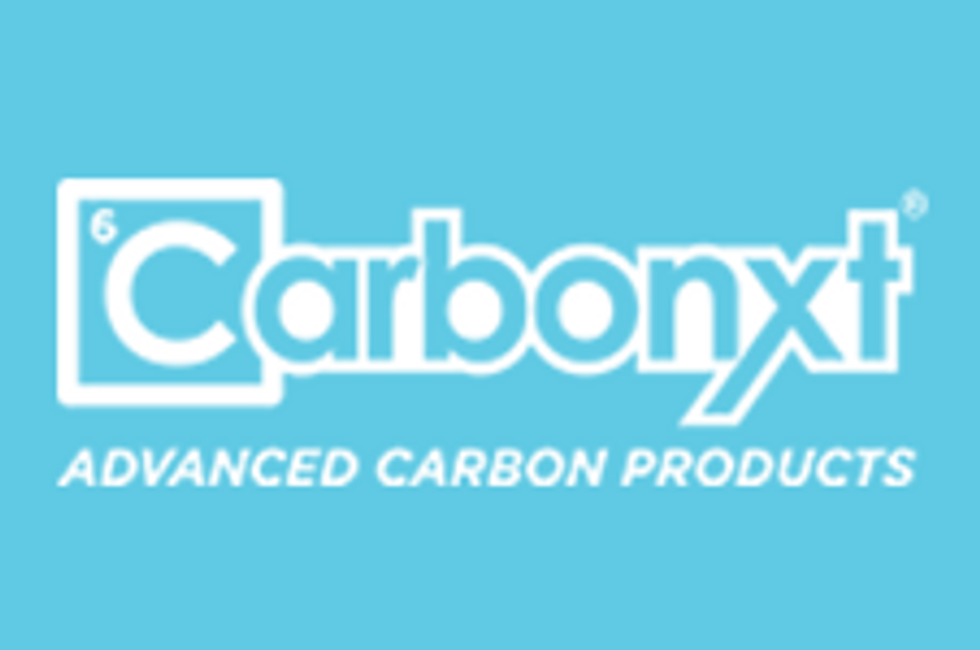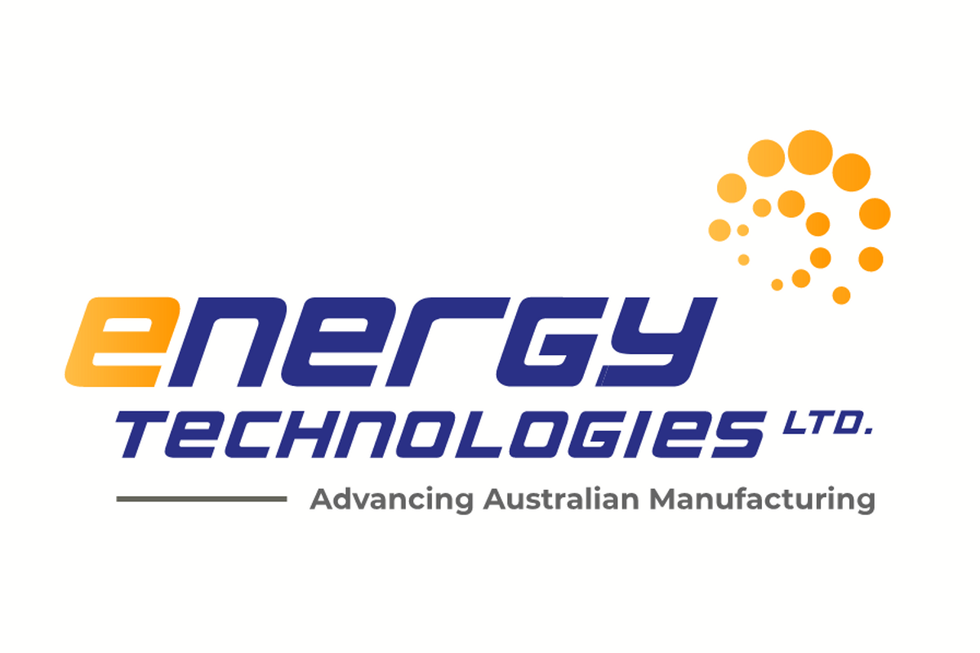Cleantech Outlook 2021: Renewable Investments to Remain Strong
After a strong year, what’s ahead for the cleantech space in 2021? Read on to learn what analysts had to say about the cleantech outlook.

Click here to read the latest cleantech outlook.
The year 2020 saw uncertainty increase globally as the coronavirus pandemic took over the world.
Despite the overall volatility, the trend toward a green energy transition gathered pace as governments continued to announce measures to fight climate change and investor interest in cleantech increased.
With 2021 now in full swing, the Investing News Network (INN) spoke to a number of experts in the cleantech field to discuss their outlook for the industry. Continue reading to learn what they had to say.
Cleantech trends 2020: The year in review
Measures to contain COVID-19 hit every country globally, with lockdowns and travel restrictions being a common theme throughout 2020.
Despite the difficulties caused by the pandemic crisis, several recent developments give grounds for increasing optimism about the world’s ability to accelerate clean energy transitions and reach energy and climate goals, according to the International Energy Agency (IEA).
“Still, major issues remain,” Fatih Birol, IEA executive director, said in a recent report. “Solar is leading renewables to new heights in markets across the globe, ultralow interest rates can help finance a growing number of clean energy projects, more governments and companies are throwing their weight behind these critical technologies, and all-important energy innovation may be about to take off.”
Renewables were a very resilient segment in 2020 across the globe, Edurne Zoco, executive director for the clean technology and renewables team at IHS Markit, told INN.
“It was an outlier to the COVID-19 pandemic economic impact,” she said. “There was an initial strong impact on the solar supply chain and manufacturing in Q1 2020 due to a halt in production and a shortage of components, but production gradually restarted from Q2 2020, and both production and installations finished the year strongly with a record of shipments and installations in Q4 2020.”
Wind installations also grew year-on-year in 2020, while the grid-connected energy storage market strongly rebounded to reach $4.2 billion globally. Additionally, 2020 saw unprecedented growth in low-carbon hydrogen projects around the world, according to IHS Markit data.
“Overall, despite initial disruptions around the supply chain and short-term disruptions caused by restrictions on movement slowing installations and development, the cleantech sector has been an outlier in 2020 and performed exceptionally well,” Zoco said.
Similarly, Céline Bak of Analytica Advisors told INN that the renewable energy industry has continued to grow. “I guess in part because these are projects that were approved, and because there’s such a lot of appetite in the market,” she said.
At the end of 2019, Greenlane Renewables (TSXV:GRN) President and CEO Brad Douville expected increasing levels of activity and growth in the renewable natural gas (RNG) space.
“(We) saw more activity than expected from the oil and gas supermajors moving into the space looking for RNG offtake and financing projects, which is positive for Greenlane,” he said, adding that the challenge in 2020 was managing the growth.
Aside from COVID-19, last year also saw an explosion of announcements from governments and companies related to low-carbon targets and decarbonization strategies.
The announcement of China’s net-zero plan coincided with Japan formalizing its zero-carbon agenda for 2050, along with a news from South Korea. The EU’s net-zero plan is also currently for 2050, Zocco pointed out. However, the IEA has been calling out for even more countries and businesses to get on board with reducing emissions.
“We need to redouble efforts to bring energy access to all those who currently lack it, and we need to tackle emissions from the vast amounts of existing energy infrastructure in use worldwide that threaten to put our shared goals out of reach,” the IEA’s Birol said.
Ensuring that new clean energy technologies are available in time for key investment decisions will be critical, according to the IEA.
“The cleantech sector has been extremely resilient in 2020, and company valuations have skyrocketed,” Zoco said, with stocks for renewable companies at historic high levels.
“Moreover, 2020 saw a boom in the stock prices of hydrogen companies as nations increasingly incorporated the low-carbon gas into their decarbonization strategies,” she said. “Another interesting phenomenon is that more cleantech and electric mobility companies chose to enter the public markets using special purpose acquisition companies (SPACs).”
A SPAC is a company with no commercial operations that is formed strictly to raise capital through an initial public offering for the purpose of acquiring an existing company.
Looking purely at the stock market performance, the cleantech sector had a breakout year massively outperforming the market despite the bull market witnessed starting in late April to early May and continues to this day, Yuan-Sheng Yu, who leads Lux Research’s Energy Program, told INN.
Using clean energy ETFs as a benchmark, all of the top clean energy ETFs, such as iShares Global Clean Energy (NASDAQ:ICLN), Invesco WilderHill Clean Energy (NYSEARCA:PBW) and First Trust NASDAQ Clean Edge Index (NASDAQ:QCLN) all witnessed greater than 100 percent year-on-year returns, with some breaking the 200 percent mark.
“Despite the impacts of COVID on the global economy, the cleantech space was definitely a bright spot,” Yu said. “Not only did renewable energy see significant growth from a capacity standpoint in 2020, the seriousness that countries and corporations are now looking at clean energy and climate change was only catalyzed during COVID-19.”
Cleantech outlook 2021: What’s ahead
When asked about what to expect in 2021 in the cleantech space, Bak shared some of the trends that investors should keep an eye out for.
“I think that certainly in the US, a major clean technology trend for this year will be offshore wind,” Bak said. “There’s a new technology that is being developed called floating offshore wind, and my prediction is that there’s going to be a lot more investment in that.”
Another trend that Bak sees as continuing in 2021 is the push for electric vehicles (EVs).
“The new administration in the US is going to very quickly ramp up incentives for infrastructure for EVs. That will obviously lead to volume, and volume we need to reduce costs,” Bak said.
Lastly, Bak is expecting tension over a solution for long-haul transportation to continue.
Looking at what’s ahead, IHS Markit anticipates a record year for cleantech deployment in terms of renewable and storage installations in 2021. That will follow a 2020 that saw unprecedented interest around hydrogen as a decarbonization tool.
For IHS Markit, renewable investment will continue strongly in the top markets: Mainland China, the US and Europe. Global annual solar photovoltaic installations are also predicted to grow by over 30 percent in 2021, led by installations in Mainland China, the US and Europe. Wind installations are also forecast to have double-digit growth in 2021.
“On the storage side, market fundamentals have strengthened, driving front-of-the-meter battery energy storage growth, despite the short-term impact of COVID-19,” Zoco said. “Increasing competitiveness with conventional generation, uptake of solar plus storage, participation in wholesale markets and opportunities across emerging markets underpin the growth potential of battery energy storage.”
Meanwhile, on the mobility side, the EV infrastructure market will also be a key area of growth in 2021.
“Especially in the US,” Zoco said. “Which reflects a number of changes, namely the emergence of more expansive state decarbonization policies, directing more EV infrastructure investment toward underserved communities and focusing on ready-made charging infrastructure.”
For Lux’s Yu, the EV craze will continue in 2021 with many companies looking to cash in on the hype while they can.
“However, not all will end up being successful businesses and some may not even put out a vehicle at all,” he said. “Despite that, there will be some major winners within the EV space as they find their place next to Tesla in the coming years.”
Another area where Lux Research is expecting to see big “winners” will be hydrogen.
“Companies developing technologies for the production, transport, storage, and use of hydrogen are likely to benefit from the growing interest in the hydrogen economy, which we are already saw towards the end of last year,” Yu said. “A wildcard is carbon-related technologies. This would include carbon capture, carbon conversion, and carbon utilization.”
For his part, Douville is expecting an overall better market in 2021.
“While uncertainty remains with respect to the COVID-19 pandemic and its ongoing impact on global economies, the energy transition is here to stay and will play a meaningful and growing part in countries’ efforts to stimulate their economies while tackling climate change and moving toward a decarbonized future,” he commented to INN.
Speaking about investing in the cleantech space, Bak said the price-to-earnings multiples of renewable energy companies are two and a half to three times higher than those of oil and gas companies.
“So investors who have sought out even something as simple as possible, as simple as a fossil fuel-free portfolio, they have obviously done better themselves,” she said.
Bak added that another suggestion for investors looking to jump into the space is to look for companies that are making commitments to decarbonization.
“(The companies that have held these commitments the longest), they’re the companies that will be first movers and therefore have advantages in terms of their partnerships, in terms of even the quality of the investors that they already have,” Bak said.
For her part, Zoco said cleantech is an area of growth that has outperformed despite a major economic downturn and pandemic.
“This gives an indication of the solid basis of this space,” she said. “Investors should be looking not only into technology cost, but also technology value for the system and potential for quick scale and synergies with other sectors.”
Yu said that the number one suggestion for investors interested in cleantech is technical due diligence.
“Many technologies may take 10 plus years before reaching market and even then the energy industry is still quite conservative and may not be willing to adopt a new process that does not fit neatly into existing infrastructure and workflows,” he said. “Thorough due diligence of the technology is critical. Simple laws of thermodynamics are often ignored by cleantech companies looking to make outlandish claims and cost is always key in the energy space, both of which can be quickly verified with the proper assessment.”
There are, however, some challenges that the cleantech space will face going forward.
“Decarbonization of power is very advanced,” Zoco said. “However, decarbonization of heat and transport are still not that advanced, and decarbonizing these sectors will require huge investments and scale that needs to occur in a context of global economic downturn.”
At the same time, the boom of renewables and increasing renewable penetration in the energy mix requires additional planning and investment around storage solutions to level power load and reduce the strain on the grid and major grid investments, Zoco added.
“Regulatory uncertainty and market saturation can also slow energy storage growth,” she said, adding that another challenge is recycling solutions and processes ― which need to be standardized and enforced across the cleantech industry to continue allowing sustainable industry expansion.
For Yu, the biggest challenge facing the cleantech space going forward is proving and validating their technologies in the commercial setting.
“While cleantech is a very broad term and includes straightforward solutions such as analytics and IoT platforms for managing energy consumption, true decarbonization technologies require significantly longer investment timelines before commercialization,” he said.
For the expert, the concern is how patient will investors be in 2021.
“In 2020, many investors saw their investments double or more in a very short span — this will unlikely continue,” he said. “There are savvy investors in cleantech that understand the dynamics of developing cleantech technologies, but the typical investor and VC seldom have that sort of patience.”
As 2021 kicks off, Zoco also mentioned some factors that cleantech investors should pay attention to.
“If there were a deepening of the pandemic throughout 2021 and subsequent economic fallout, this could impact total investment in the sector, particularly from corporations,” she said.
For Lux’s Yu, while post-COVID economic recovery will be for all sectors, it is also a once-in-a-lifetime moment where trillions of dollars can be allocated towards the development and deployment of clean energies.
“This can be very specific … but broader goals around increasing renewable energy penetration in the energy mix will also lead to more favorable market dynamics for cleantech and influx of capital to support it,” he said.
Additionally, Zoco said the pace of US clean energy power development will be influenced by the late 2020 passage of the Consolidated Appropriations Act and Notice 2021-05 from the Treasury. They include the recent extension of solar investment tax credits and wind production tax credits.
“This will consolidate renewables growth in the US market,” she said.
In Europe, upcoming developments around the Green Deal, an ambitious package of measures ranging from cutting greenhouse gas emissions to investing in cutting-edge research and innovation, will kick off in 2021, as the recently announced EU battery recycling policy showcases.
“Finally, 2021 is the first year of the 14th Five Year Plan in Mainland China, which will be the first one to achieve net-zero carbon emissions by 2060 and should be also closely followed,” Zoco said.
Don’t forget to follow us @INN_Technology or real time updates!
Securities Disclosure: I, Priscila Barrera, hold no direct investment interest in any company mentioned in this article.
Editorial Disclosure: Greenlane Renewables is a client of the Investing News Network. This article is not paid-for content.
The Investing News Network does not guarantee the accuracy or thoroughness of the information reported in the interviews it conducts. The opinions expressed in these interviews do not reflect the opinions of the Investing News Network and do not constitute investment advice. All readers are encouraged to perform their own due diligence.





